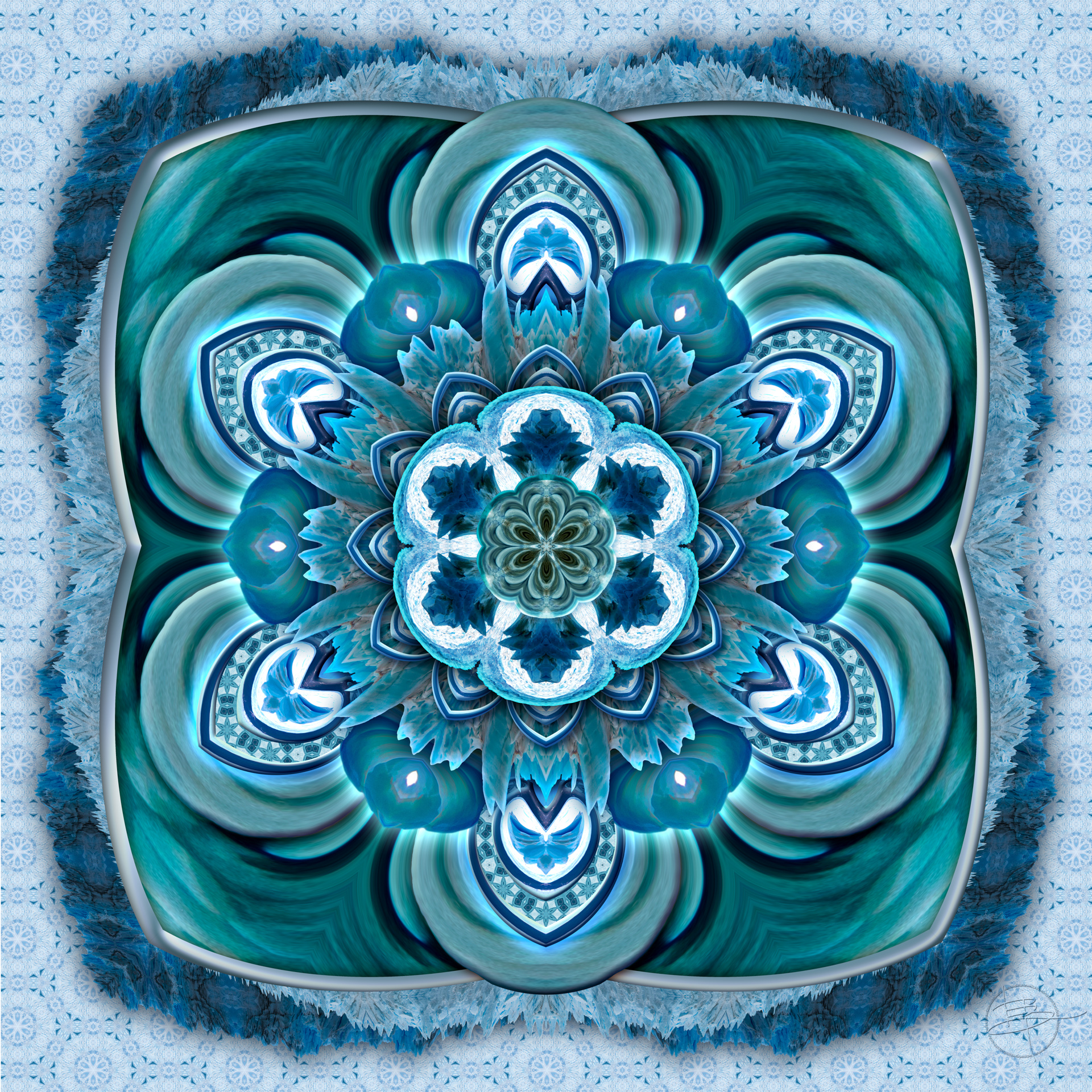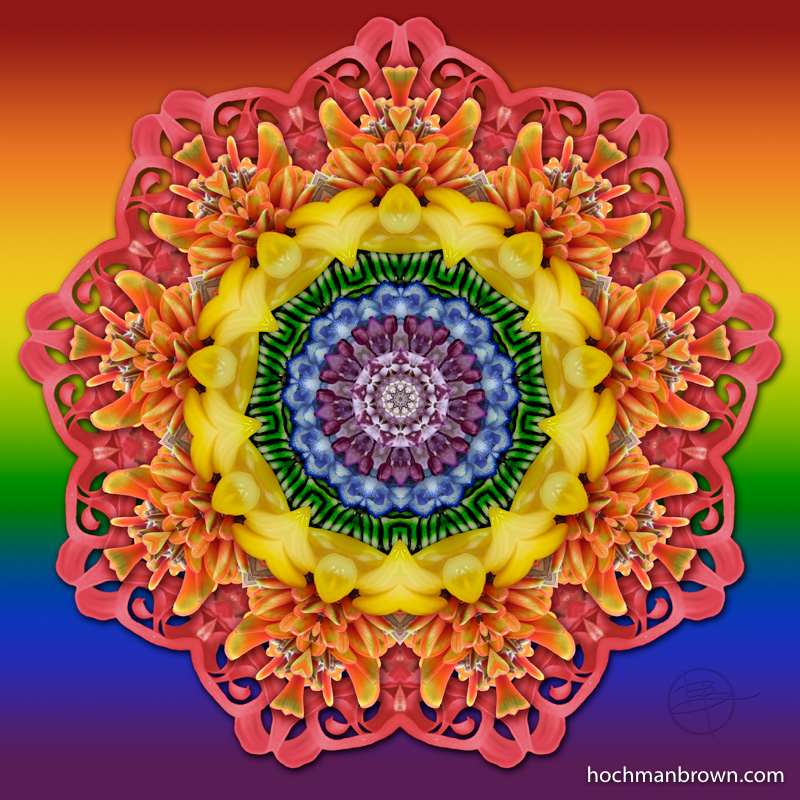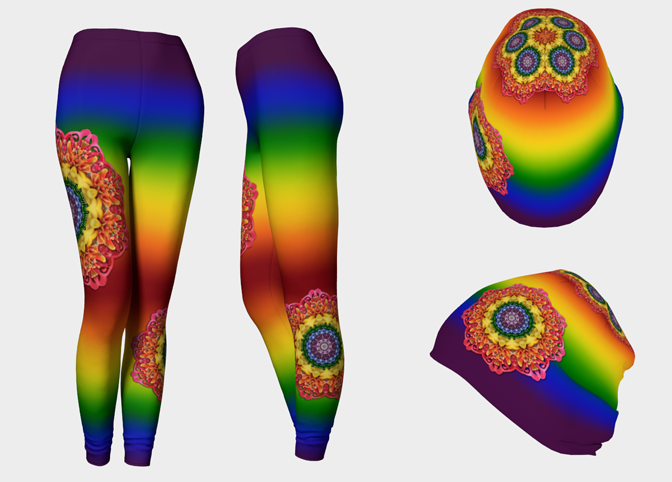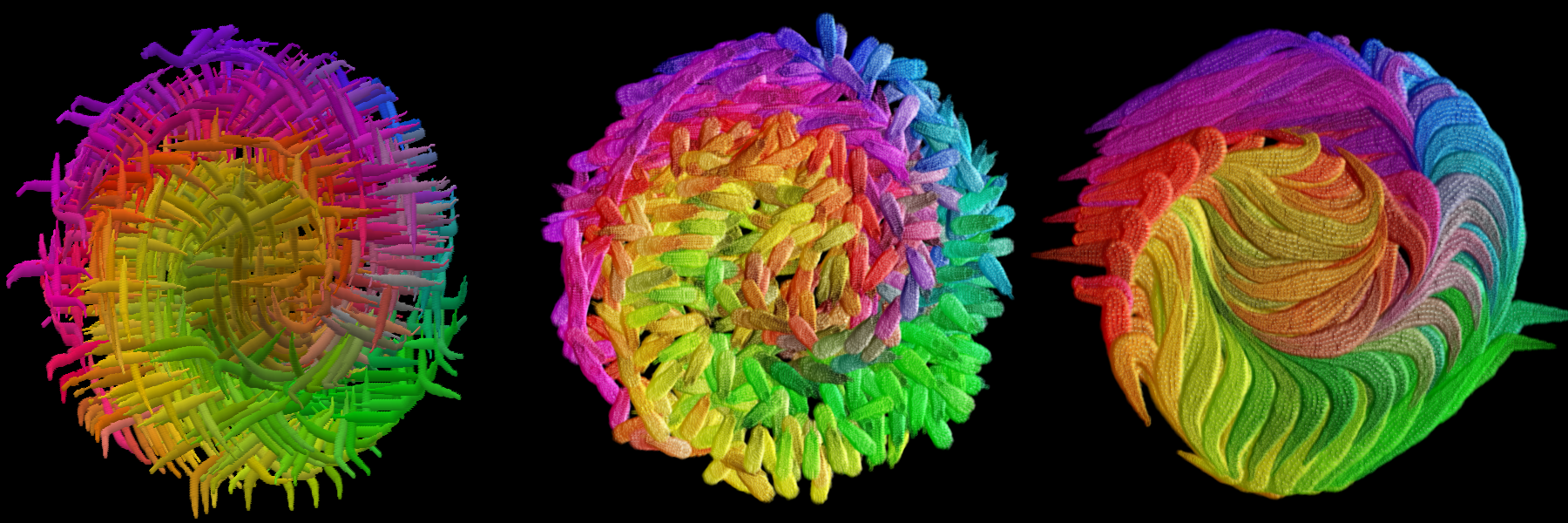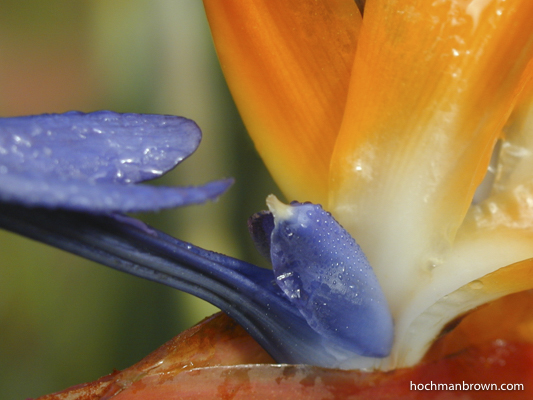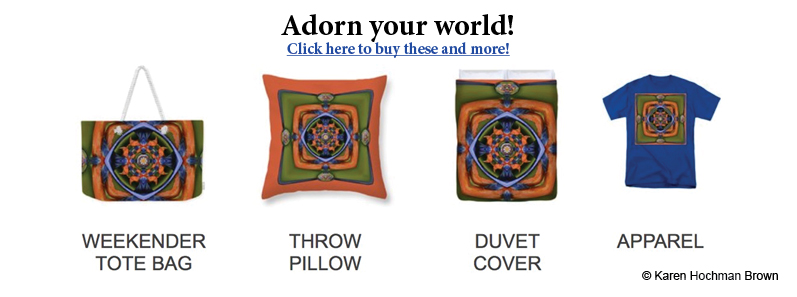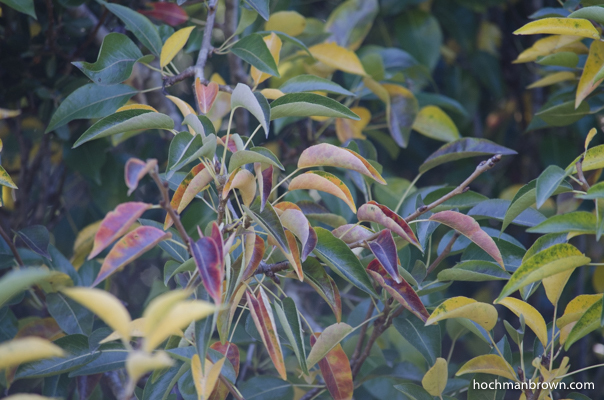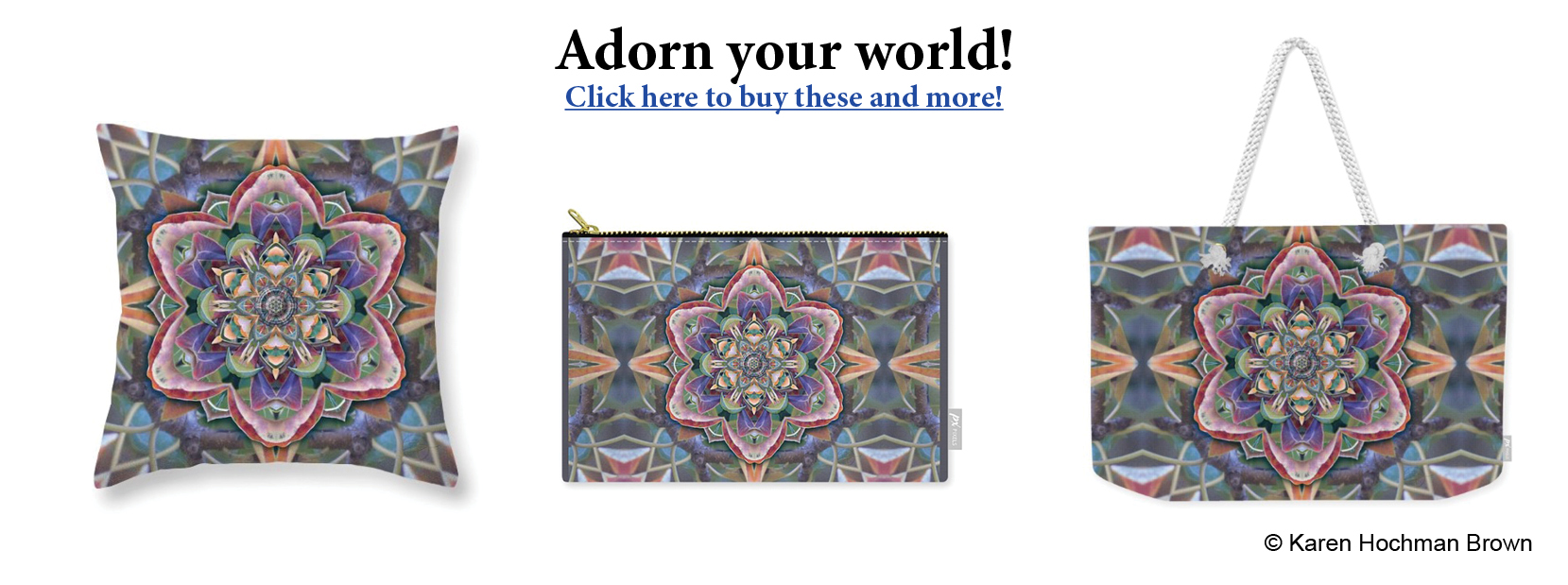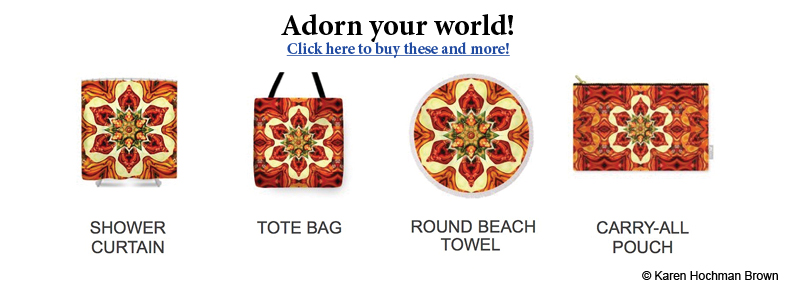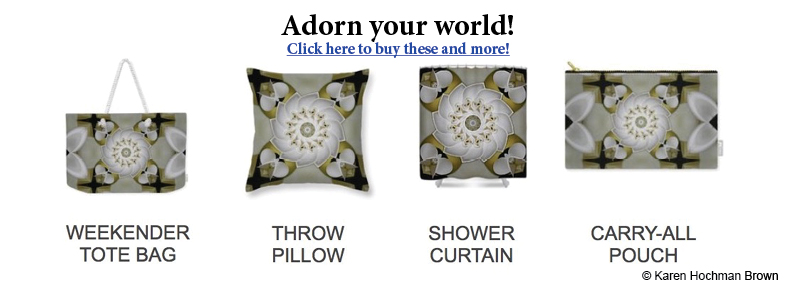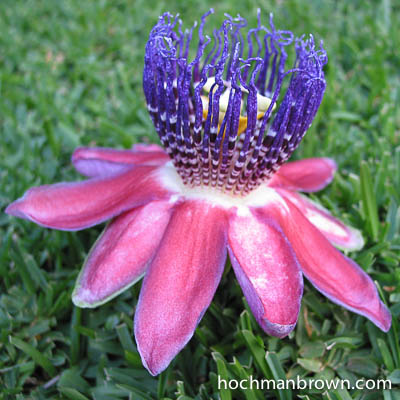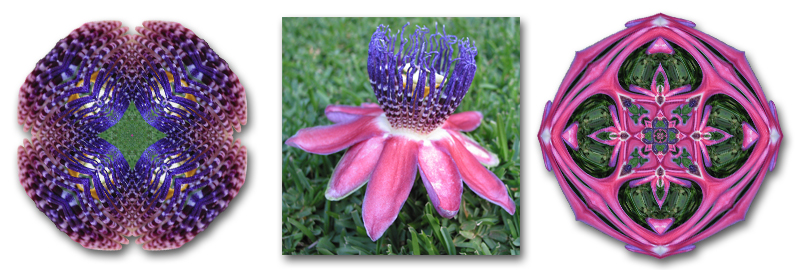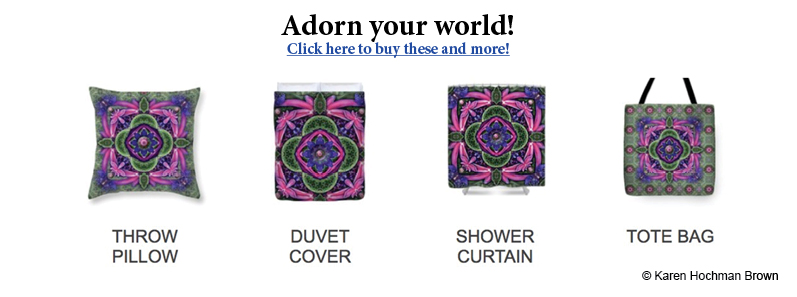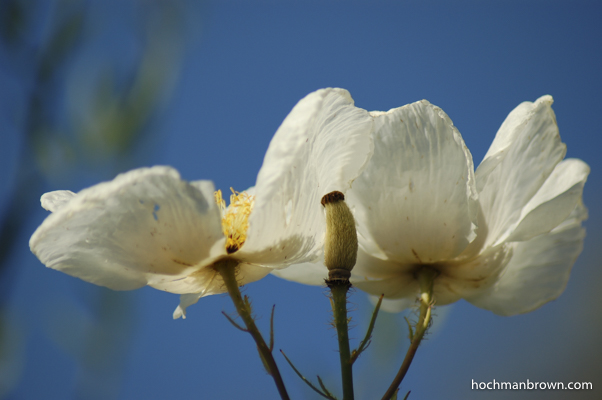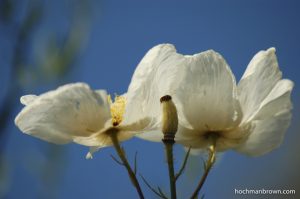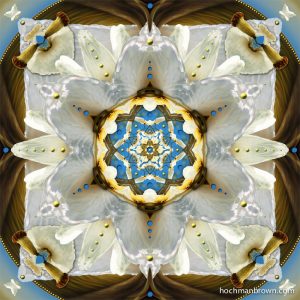Over the past several months, I have been sharing animations of my work that take you through the process of constructing a piece as I build it up layer by layer. Today I am sharing a different aspect of the creative process. When is a piece done? It is easy to overwork in the quest for that moment when the artwork is finished. Working on the computer, I have the luxury (or is it a curse?) of being able to endlessly edit. I also have the ability to save stages of a piece. The animation I am presenting here goes through many stages in the creation of “Perito Moreno Glacier,” searching for that moment when it is done.
Perito Moreno Glacier_animation from Karen Hochman Brown on Vimeo.
The Perito Moreno Glacier in southern Patagonia was one of the highlights of our trip to Argentina. My husband and I take the standard package deal for most of our travels. No jeeps or helicopters, we do the pedestrian version of the tour. At Perito Moreno, that means a multi-storied catwalk that comes very close to the face of the glacier. Your base of operations is a vast tourist center/cafeteria atop an overlook to the giant glacier. And you walk down a metal path that keeps the hoards from trampling the earth and still get up close to the face.
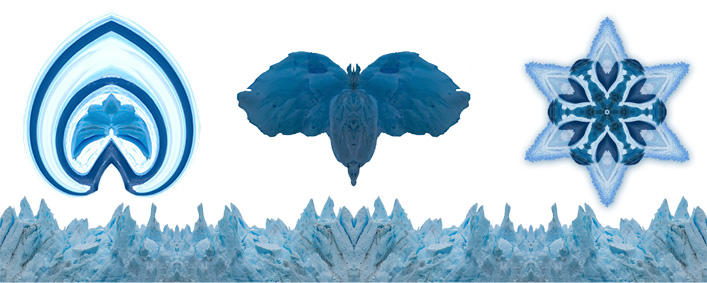
The view is from a high vantage point. The jagged structure of the glacier surface is startling in its severity. I knew I must take many pictures of the amazing blues and patterns to use in a kaleidoscope. As I began to work on the piece, I was continually stymied. My work has been mainly of organic material. The form of giant ice structures and watery blues seem unfamiliar, and monochromatic is problematic. And so I fiddle with many different iterations in search of the point when the piece is done. I believe that creating “Perito Moreno Glacier” took more time than any other work of mine. The animation shows “only” 14 of the 31 versions I recorded. I printed out drafts at an alarming rate. I gave it a rest for two weeks—twice. But in the end, it was beautiful; it was dramatic; it was done.

